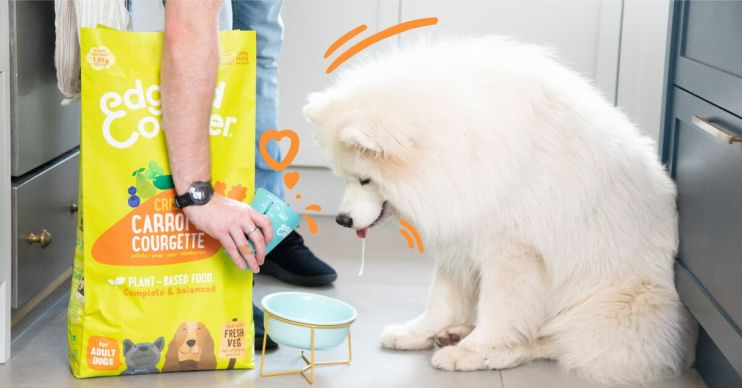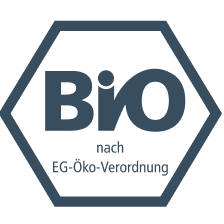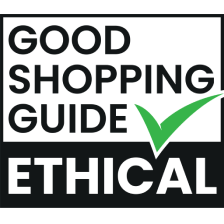Allergy intolerance: Everything you need to know about hypoallergenic dog food

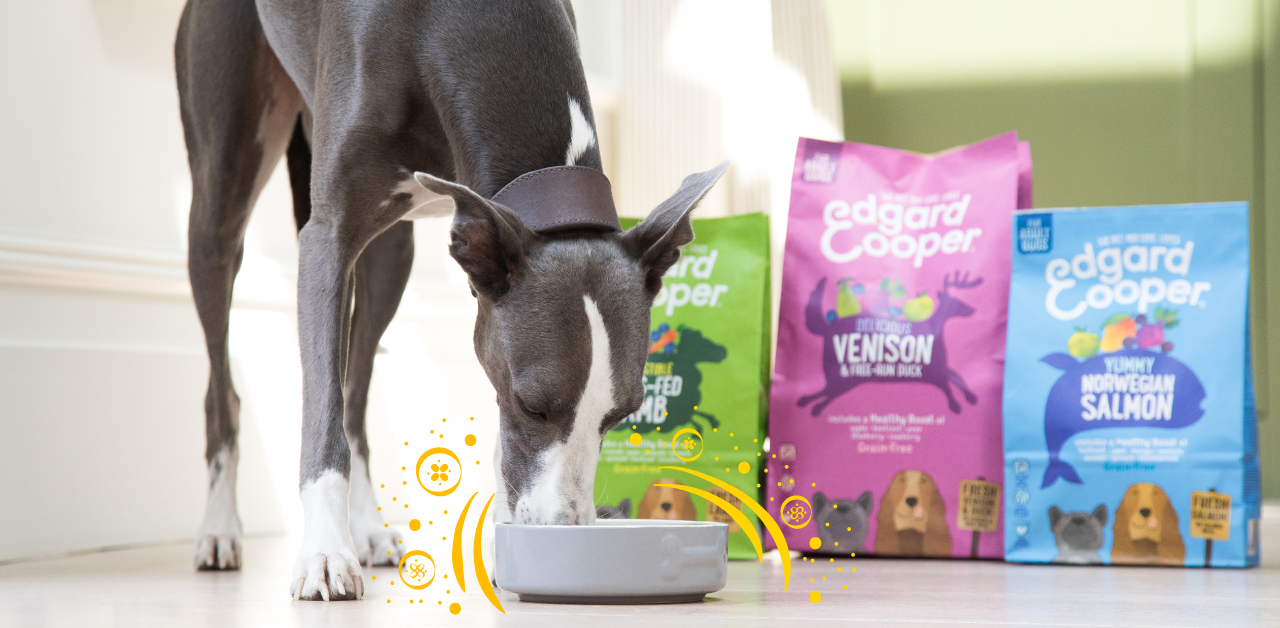
You’ve probably seen the word ‘hypoallergenic’ around - perhaps on skincare and makeup product labels? If a product is hypoallergenic, it means it’s suitable for people who suffer with allergies, because it contains fewer allergens than normal. This is why ‘hypoallergenic’ is most commonly seen on products that come into direct contact with your skin and might therefore be particularly problematic for allergy sufferers.
In a similar way, hypoallergenic pet food is considered less likely to cause an allergic reaction. Intolerances and allergies can be pretty common among pets, although they aren’t always obvious, and hypoallergenic diets can help to reduce the frequency and severity of reactions. Simply put, hypoallergenic dog food is dog food designed for dogs with allergies.
Allergy or intolerance?
We’ve established what hypoallergenic means but how likely is it that your dog is actually allergic to an ingredient in their food? If something in your dog’s food is causing them some discomfort it’s actually more likely to be a food intolerance rather than an allergy.
Adverse food reactions, also called food sensitivity, are divided into two main categories: food allergies and food intolerances. While the symptoms can be similar, it’s important to distinguish between these two adverse reactions.
Food allergies involve all immunological reactions following food intake, while food intolerances don’t involve your dog’s immune system and can instead be characterised as an abnormal physiological response to food or food additives. A good example of a food intolerance that will be familiar to many humans is lactose intolerance. This intolerance, which can also occur in dogs, is caused by the absence of the enzyme to break down and digest lactose in the small intestine.
Food intolerances are more frequent than food allergies, which are actually pretty rare. Even if your dog is scratching a lot, the chance of them being allergic to something in their food is pretty minimal. Environmental or flea allergies are much more common and certainly shouldn’t be overlooked if you’re trying to get to the bottom of your dog’s symptoms.
What is a food allergy?
While food intolerances can occur due to the presence of different nutrients such as proteins, carbohydrates, or feed additives like synthetic preservatives and colorants, food allergies are almost exclusively caused by proteins. A food allergy is the immune system of your animal responding to a protein from your pet’s diet that the body has previously been exposed to.
A true food allergy is a hypersensitive reaction to a food component that the immune system has previously been exposed to. The immune system has intercepted a food particle and developed antibodies to it, which may later go on to trigger an immunological reaction. In contrast, a food intolerance reaction can occur at first contact.
Allergens in dog food
The most common allergens in dogs are derived from beef, dairy products, chicken, wheat and soy. In fact, the more common a food is, the more likely an intolerance or allergy can occur. It therefore makes sense that reactions to these ingredients are relatively common, because they’re often used in the pet food industry.
All allergies and many intolerances are for proteins, so changing to a hypoallergenic dog food with novel proteins (proteins that your dog, or its ancestors, has never been exposed to) will reduce the risk of a bad response. There’s no such thing as an ‘ultimate hypoallergenic pet food’ that can tackle all allergies - you just have to find the right choice for your dog. However, there are several Edgard & Cooper recipes that use novel proteins that are much less likely to trigger a reaction, such as our Fresh Venison & Free Run Duck recipe.
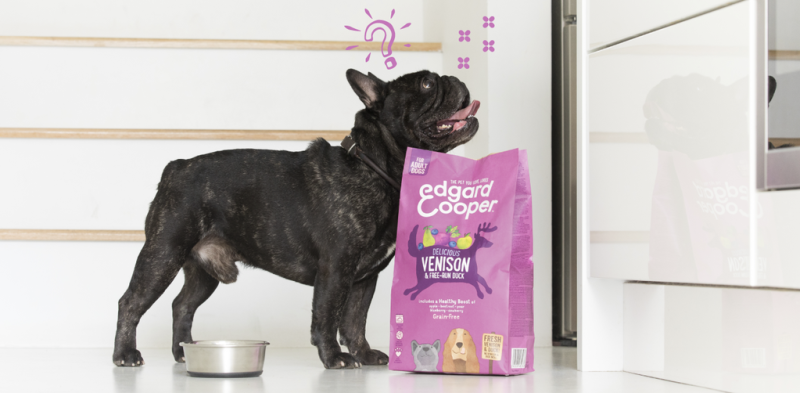
Our dog food is entirely free of synthetic preservatives, colourants or any other chemical additives, which means there’s no chance of a food intolerance relating to these components.
Food sensitivity can have a seriously adverse impact on your dog’s quality of life, so it’s important to protect your furry friend if you suspect there’s a problem. This can be tricky, because it’s often difficult to pinpoint the cause of an adverse reaction. But you can support your dog by feeding them well-balanced hypoallergenic foods and finding out which food suits them the best. If your dog tries one specific product and the symptoms don’t change, just try another recipe from our hypoallergenic range – hopefully you’ll find a recipe that allows your dog to live a happy, reaction-free life!
About Edgard & Cooper

Joyful pet food
Eating is one of life’s simple joys, so why overcomplicate things? Unlike most other pet foods, we treat nature’s ingredients with respect and make food that’s naturally healthy and full of flavour.

Play nice with nature
We’re on a mission to become the world’s most sustainable pet food. We love nature, so we pledge to make real, lasting change through our targets of zero carbon, fully sustainable packaging and ethically sourced ingredients.

Friends stick together
We donate 1% of our sales to the Edgard & Cooper Foundation, which works with charities that improve the lives of cats and dogs today, while protecting them tomorrow.


